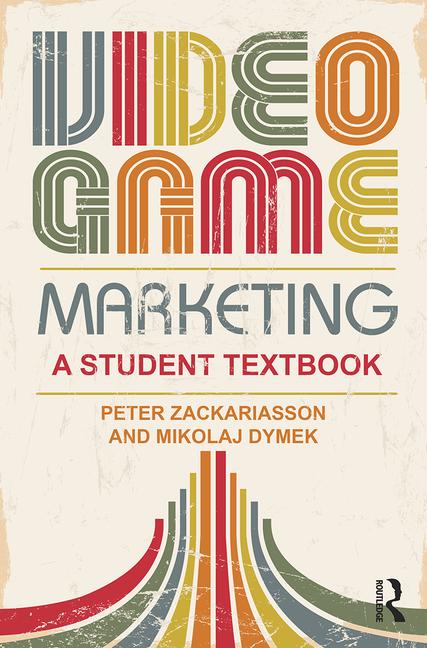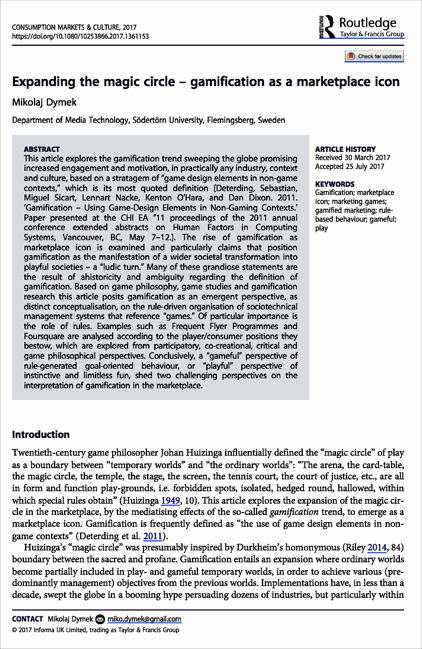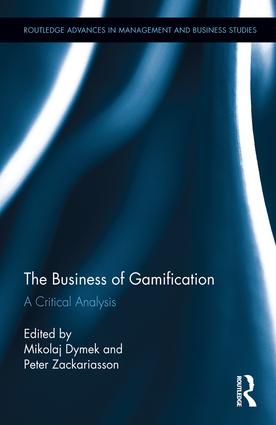Research through Game Design: Two Cases
Game design aims to solve a design problem of “how do we create this specific game?” The main goal of this process is a game; new understanding about game development and game design is merely a by-product of that process. In game design research the aim is to uncover new facts and insight about game design, design processes, or games as designed objects; that is, to gain new knowledge and understanding about game design. (Lankoski and Holopainen, forthcoming.)
Below you can read two examples of my research by design project.
Lies and Seductions (2009) is a game built around a triangular drama. The game was designed to test ideas of character-driven game design and explore game mechanics around a social conflict between characters. While artificial intelligence (AI) was not a research topic, the game required building an AI capable modeling different personalities that react to events based on their personalities and preferences.
Publications on Lies and Seductions:
- Lankoski, P. & Horttana, T. (2008). Lies and Seductions. In ICIDS08 (Erfurt, Germany 26–29 Nov), Berlin: Springer, pp. 44–47. DOI=10.1007/978-3-540-89454-4_7.
Lankoski, P. & Björk, S. (2007). Gameplay design patterns for believable non-player characters. Proceedings of DiGRA 2007 Conference: Situated Play. University of Tokyo: Tokyo. Available at: http://www.digra.org/dl/db/07315.46085.pdf.
• Lankoski, P. & Björk, S. (2007). Gameplay Design Patterns for Social Networks and Conflicts. In GDTW 2007 Conference Proceedings, Liverpool, UK.
In the MOGAME project (2003–2004), we studied the possibilities of mobile games that utilize the unique features of the mobile technology. The MOGAME project was design and development based research. Within the project (one of the firsts) persistent location-aware multiplayer game, The Songs of North, was build in order to study how certain game mechanics can be used in mobile games. In addition, how different limitations of mobile technology influence to the game design was studied. Pokemon GO (Niantic, 2016) uses similar game mechanics.
Publications on MOGAME
- Ekman, I., Ermi, L., Lahti, J., Nummela, J., Lankoski, P., & Mäyrä, F. (2005). Designing sound for a pervasive mobile game. ACM SIGCHI International Conference on Advances in Computer Entertainment Technology ACE 2005, Valencia, Spain. Available at http://doi.acm.org/10.1145/1178477.1178492.
- Lankoski, P., Heliö, S., Nummela, J., Lahti, J., Mäyrä, F., & Ermi, L. (2004). A case study in pervasive game design: The songs of north. In: NordiCHI ’04: Proceedings of the Third Nordic Conference on Human-Computer Interaction, Tampere. 413-416. Available http://doi.acm.org/10.1145/1028014.1028083.




